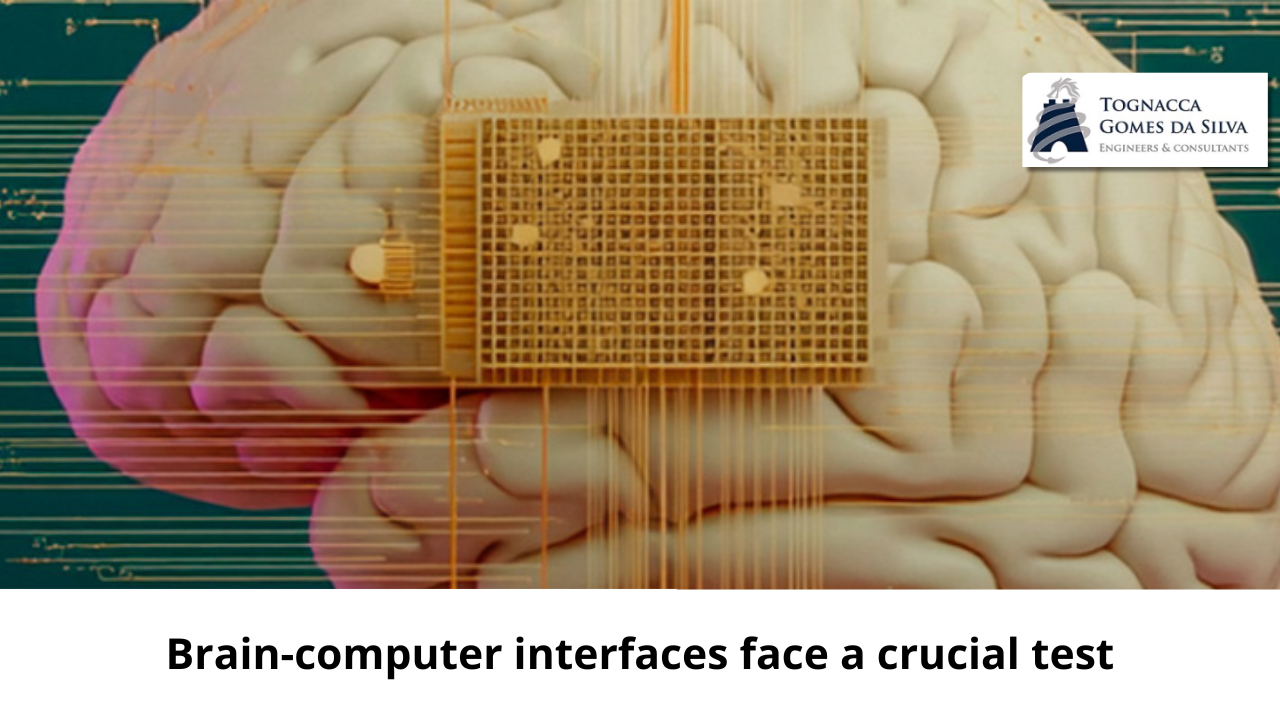Tech companies are always testing new ways for people to interact with computers — just think of initiatives like Google Glass, Apple Watch, and Amazon’s Alexa. You’ve probably used at least one of them.
But the most radical option has been tested by fewer than 100 people worldwide: those who have lived for months or years with implanted brain-computer interfaces, known as BCIs.
Implanted BCIs are electrodes inserted into the brains of paralyzed people, allowing them to use imagined movements to send commands from their neurons, via wire or radio, to a computer. This allows them to control a cursor on a screen or, in some cases, even produce speech.
Recently, the field has made some progress toward practical applications. About 25 clinical trials of BCI implants are underway. And this year, readers of MIT Technology Review selected brain-computer interfaces as one of the new innovations on its annual list of the 10 Breakthrough Technologies, published in January.
Brain-computer interfaces won by a landslide, becoming what we’re calling “Breakthrough Technology 11.” They beat out three finalists: continuous glucose monitors, hyper-realistic deepfakes, and methane-detecting satellites.
The sense of progress comes from a small group of companies that are actively recruiting volunteers to test BCIs in clinical trials. They are Neuralink, backed by the world’s richest person, Elon Musk; New York-based Synchron; and China’s Neuracle Neuroscience.
Each is conducting trials with the ultimate goal of getting the first implantable BCI approved for sale on the market.
“I call this the era of translation,” says Michelle Patrick-Krueger, a research scientist who conducted a detailed survey of BCI trials with neuroengineer Jose Luis Contreras-Vidal at the University of Houston. “There has been considerable private investment in recent years. That generates enthusiasm and allows companies to accelerate.”
It’s a big shift, since for years BCIs have functioned more as neuroscience parlor tricks — generating lots of headlines but little real help for patients.
Patrick-Krueger says the first time a person controlled a computer cursor with a brain implant was in 1998. From then on, progress was slow: university researchers would find a volunteer, install an implant and conduct studies for months or years.
Over the course of 26 years, Patrick-Krueger says he has managed to document a total of just 71 patients who have controlled a computer directly with their neurons.
This means that you are more likely to know someone who won the Mega Millions lottery than someone who has a brain-computer interface.
These studies have shown that people can use their neurons to play Pong, move a robotic arm, and even talk through a computer. But such demonstrations offer no practical help for people with paralysis severe enough to benefit from a brain-controlled computer, since such implants are not yet widely available.
“It’s one thing to make them work, but it’s another to figure out how to actually deploy them at scale,” Contreras-Vidal says. “Plus, behind any big news story there are probably technical issues that need to be solved.” Among those issues are how long an implant can last and how much control it actually gives patients.
Larger clinical trials from three companies are now trying to resolve these questions and pave the way for a real product.
One such company, Synchron, uses an electrode-laden stent—called a “stentrode”—that is inserted into a brain vessel through a vein in the neck. Synchron has already implanted its stentrode in 10 volunteers: six in the United States and four in Australia—the largest number of simultaneous volunteers reported by any BCI group.
The stentrode picks up limited brain signals, offering users only a basic “on/off” control signal, or what Synchron calls a “switch.” That won’t allow a paralyzed person to use Photoshop, for example. But it’s enough to navigate software menus or select from preset messages.
Synchron CEO Tom Oxley says the advantage of the stentrode is that it’s “as simple as possible.” He believes this will make his brain-computer interface “scalable” to more people — especially since installing it doesn’t involve brain surgery.
Meanwhile, Neuralink revealed that three volunteers have already received its implant, the N1, which consists of multiple thin electrode wires inserted directly into the brain through a hole drilled in the skull.
More electrodes means more neural activity is captured. Neuralink’s first volunteer, Noland Arbaugh, demonstrated how he can move a cursor around a screen in two dimensions and click, allowing him to play video games like Civilization or online chess.
Finally, Neuracle says it is conducting two trials in China and one in the United States. Its implant consists of a grid of electrodes placed on the surface of the brain. In a report, the company said a paralyzed volunteer is using the system to stimulate electrodes on his arm, causing his hand to close in a gripping motion.
But details are still scarce. A Neuracle executive would only say that “several” people have received the implant.
Because the number of Neuracle patients is not public, they were not included in Patrick-Krueger’s count. In fact, about a quarter of the volunteers with brain implants do not yet appear in the medical literature—so she had to rely on press releases or email research teams directly to count them.
Patrick-Krueger’s research on BCIs has also yielded other insights. According to her data, implants have lasted up to 15 years, more than half of the patients are in the United States, and approximately 75 percent of BCI recipients have been men.
But the data can’t answer the big question: whether implantable brain-computer interfaces will actually evolve from novelty demonstrations into affordable products — the kind that help lots of people.
“Over the next five to ten years, this will either translate into a product or remain a research issue,” says Patrick-Krueger. “But I feel very confident that there will be a turning point.”
( fontes: MIT Technology Review)



